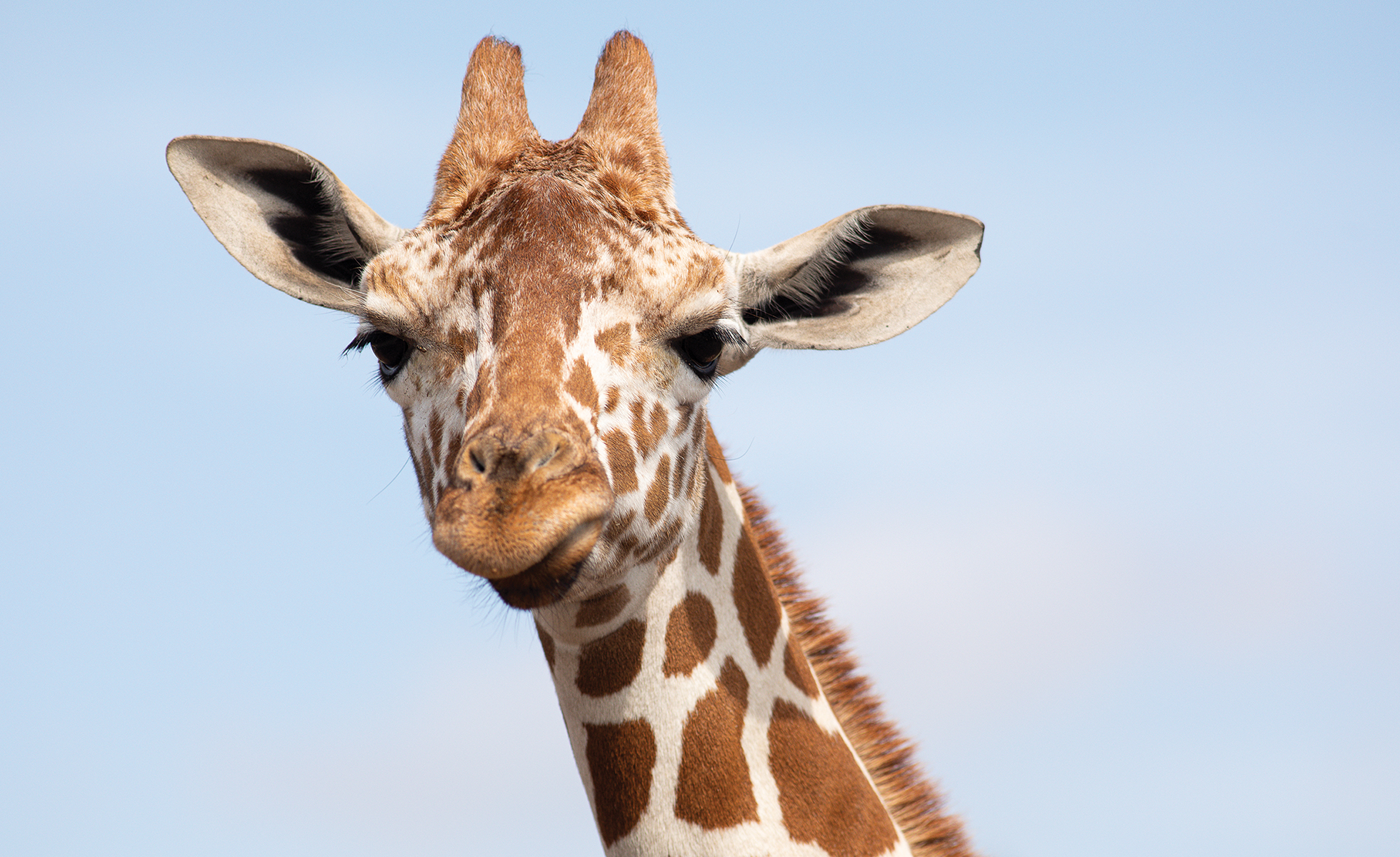Welcome to DU!
The truly grassroots left-of-center political community where regular people, not algorithms, drive the discussions and set the standards.
Join the community:
Create a free account
Support DU (and get rid of ads!):
Become a Star Member
Latest Breaking News
General Discussion
The DU Lounge
All Forums
Issue Forums
Culture Forums
Alliance Forums
Region Forums
Support Forums
Help & Search
Texas
Related: About this forumThe Texotics

When the rain began, the antelope and deer of the Y.O. Ranch Headquarters gathered to chew idly beneath the sparse trees. For 10 days in October 2018, a line of storms pounded the Texas Hill Country. Brown currents rose over a bridge on the ranch, spilling out over the roads and gullies of this 14,000-acre property 140 miles west of Austin. The flood tugged at the 8-foot fences around the ranch until it finally pulled them down.
That was when the kudu made their move, disappearing through the fallen perimeter fences on the ranch’s border. Native to Africa, the kudu is a brown-and-white-striped antelope species with long spiraling horns. The Y.O. Ranch population was ready for life on the lam. By the time ranch hands managed to repair the fences and conduct an animal count, virtually the whole herd—20 of 26 kudu—had escaped.
Exotic game ranches like the Y.O. Ranch have spread throughout Texas since the 1950s, providing hunters with homegrown safaris and passing motorists with glimpses of the surreal. According to Charlie Seale, executive director of the Kerrville-based Exotic Wildlife Association (EWA), 5,000 Texas ranches now contain at least one exotic animal species. Some of these are small operations; others are huge, like South Texas’ King Ranch, which is the state’s largest at 825,000 acres. Together, they host a population of more than 2 million “Texotics” representing 135 species. The result is a roughly $1.3 billion industry that generates more than 14,300 jobs annually, largely in otherwise struggling rural areas.
But as more landowners than ever stock mammals from all over the world, they’re running a massive unplanned and unregulated experiment on Texas soil. In West Texas, aoudad from Africa are a common sight in desert canyons; in the flood plains of the Lower Rio Grande Valley, herds of enormous Indian antelope called nilgai bound across roads at dusk. As these creatures breed on ranches and in the wild, they’re altering the landscape in complex ways—dispersing seeds, digging wells, turning over the soil—blurring the line between exotic and native. Because as the Y.O. Ranch Headquarters found, fences have a way of falling. And animals have a way of getting out.
Read more: https://www.texasobserver.org/the-texotics/
InfoView thread info, including edit history
TrashPut this thread in your Trash Can (My DU » Trash Can)
BookmarkAdd this thread to your Bookmarks (My DU » Bookmarks)
3 replies, 792 views
ShareGet links to this post and/or share on social media
AlertAlert this post for a rule violation
PowersThere are no powers you can use on this post
EditCannot edit other people's posts
ReplyReply to this post
EditCannot edit other people's posts
Rec (6)
ReplyReply to this post
3 replies
 = new reply since forum marked as read
Highlight:
NoneDon't highlight anything
5 newestHighlight 5 most recent replies
= new reply since forum marked as read
Highlight:
NoneDon't highlight anything
5 newestHighlight 5 most recent replies
The Texotics (Original Post)
TexasTowelie
Jul 2020
OP
Well, there was that time when I was in my 20s and roaming the back country roads
TexasTowelie
Jul 2020
#2
efhmc
(14,732 posts)1. I run a ranch and hate exotics rather than stocking them.
TexasTowelie
(112,456 posts)2. Well, there was that time when I was in my 20s and roaming the back country roads
of Live Oak county when I came around a curve and there was an emu. I had the window on the drivers side open and the head of that emu was about two yards away from me. I didn't know that anyone in the county had exotics so it was a freaky experience.